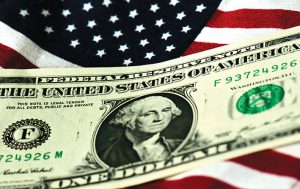BLOOMBERG
Banks borrowed a combined $164.8 billion from two Federal Reserve backstop facilities in the most recent week, a sign of escalated funding strains in the aftermath of Silicon Valley Bank’s (SVB) failure.
Data published by the Fed showed $152.85 billion in borrowing from the discount window — the traditional liquidity backstop for banks — in the week ended on March 15, a record high, up from $4.58 billion the previous week. The prior all-time high was $111 billion reached during the 2008 financial crisis. The data also showed $11.9 billion in borrowing from the Fed’s new emergency backstop known as the Bank Term Funding Program.
Taken together, the credit extended through the two backstops show a banking system that is still fragile and dealing with deposit migration in the wake of the failure of Silicon Valley Bank of California and Signature Bank of New York.
Other credit extensions totaled $142.8 billion during the week, which reflects lending by the Federal Deposit Insurance Corp to bridge banks for SVB and Signature Bank.
On the other side, EPFR Global data cited by Bank of America Corp showed money-market funds attracted $113 billion of inflows, the most since April 2020, while Treasuries drew the biggest inflows since May 2022 with $9.8 billion in the week through March 15.
All told, the emergency loans reversed around half of the balance-sheet shrinkage that the Fed has achieved since it began so-called quantitative tightening — allowing its portfolio of assets to run down — in June last year.
 The Gulf Time Newspaper One of the finest business newspapers in the UAE brought to you by our professional writers and editors.
The Gulf Time Newspaper One of the finest business newspapers in the UAE brought to you by our professional writers and editors.
